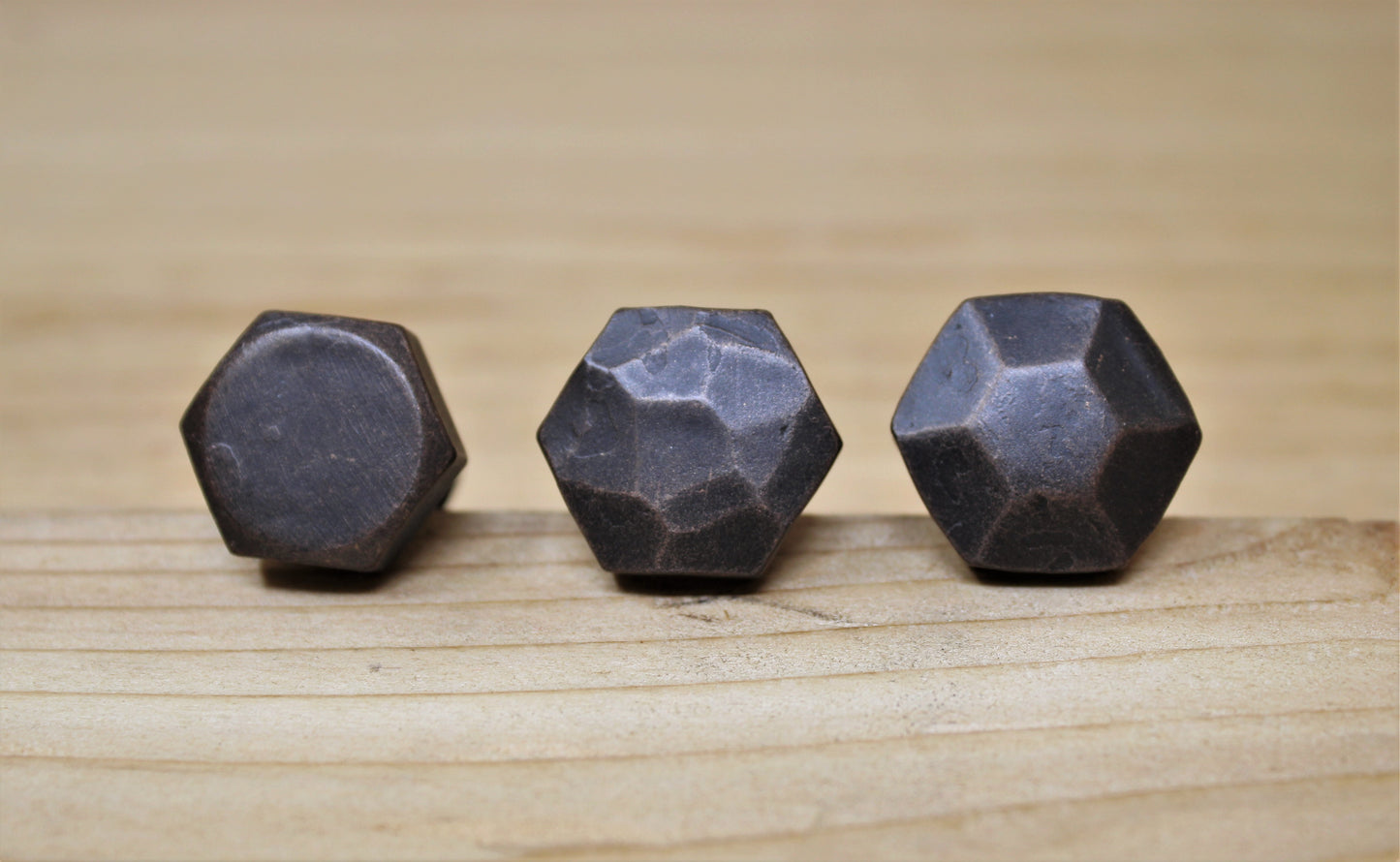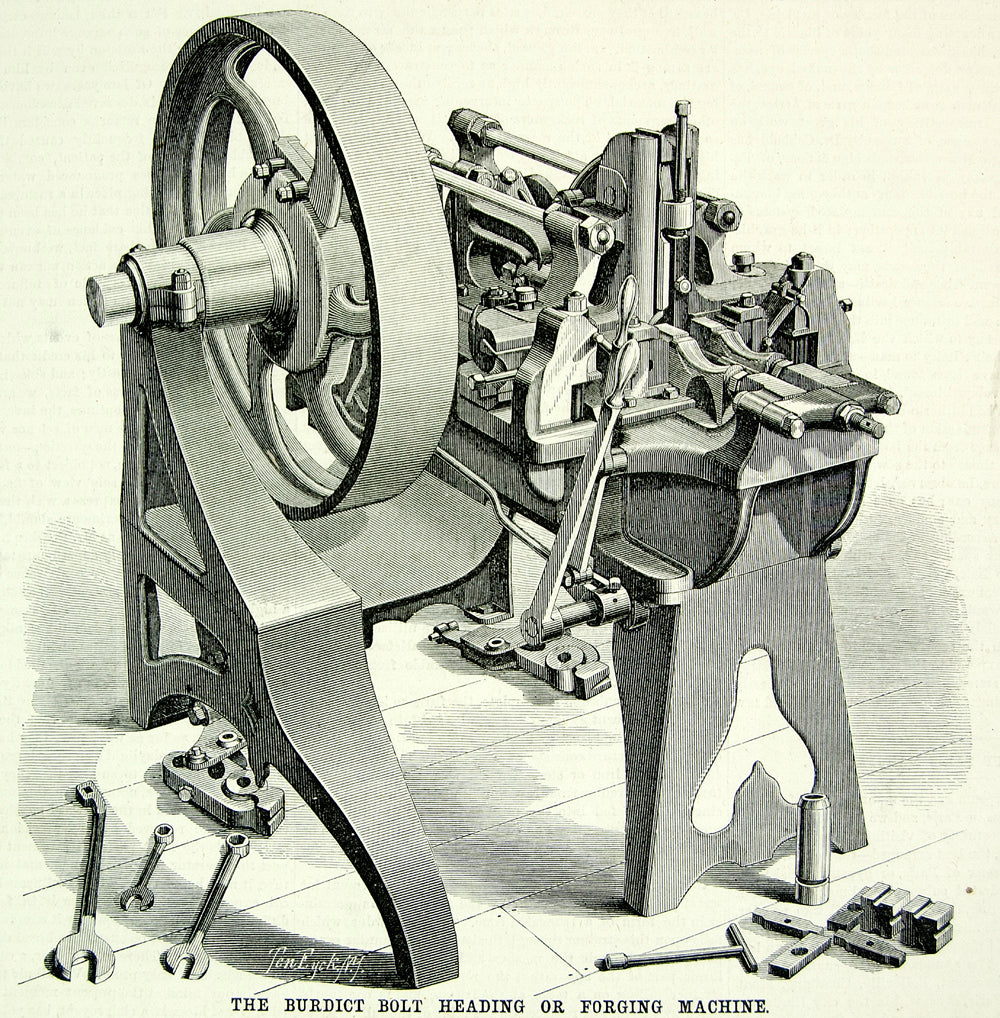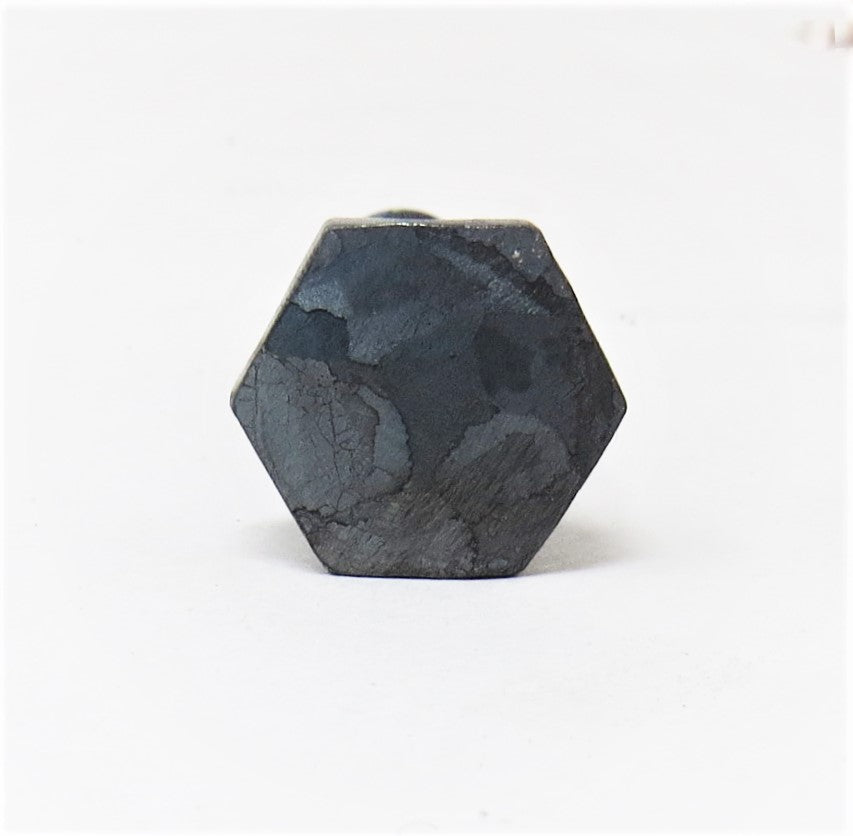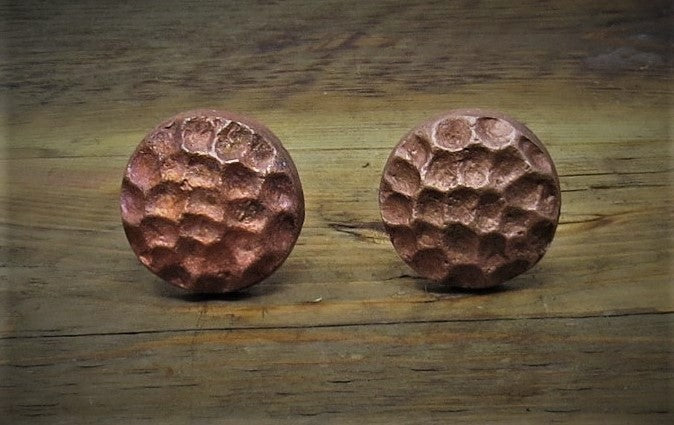
Nuts and bolts have been around since the mid-1400s and have just got uglier and more industrialized ever since. Decorative bolts can enhance the look of any space or structure they work with. At
This article provides a detailed insight into decorative bolts and how you can use them.
But first, let's understand what bolts are and how their design and features evolved with time. Read on to find out more about the history of decorative bolts and how they can help your build.

Bolts, Screws and Their Benefits
Bolts occupy an equal if not higher importance than the screw in everyday life as well as the industrial construction. They see more use than any other type of mechanical fasteners found in the most simple and highly complex machines.
While bolts and screws may not be completely different from each other, the variance determines thread size and tapering. Also, bolts are generally bigger and don’t have a tapered end. Typically, in customary practice, a fastener torqued with a nut is usually considered a bolt.
The humble bolt holds together many things we use in our everyday lives. From the back of simple chairs to the frames of the car, many gadgets and have bolts (or screws) integrated into their basic design.
Without them, a device as common as a pair of scissors or a machine as complex and technical as a particle accelerator would be unworkable.
In addition to their use in holding things together, decorative bolts add refinement and beauty to the workpiece and structure.
History of Bolts
This section gives a brief insight into the history of bolts and how they came to be. We will also shed light on decorative bolts and how they can add value in various instances.
Origin of bolts
The origin of bolts traces back to the ancient irrigation system and construction projects in early as old as around 300 BC. As per bolt expert Bill Eccles’ research, you can trace the history of screws back to ancient times. His paper indicates Archimedes developed them to construct water-raising devices.
But, there are different schools of thought with varying opinions about the origins of bolts. According to an article by Frederick E. Graves, while the definite history of the threaded bolt may date back around five centuries ago, the unthreaded bolt had long been in use in Roman times where they used them as a pivot or wedges for opening and closing doors.
According to Graves, Romans developed the first screw, made out of bronze, or even silver. They filed the threads by hand or consisted of a wire twisted around a rod and welded on.

Bolt Production at the Industrial Level
Interestingly, it was in France invented the first machines used to produce metal bolts in the middle of the sixteenth century. These resembled cutting lathes. In 1641, an English firm, Hindley of York, improved these devices and they became widely used. But, bolts and screws did not become a standard construction element until the modern era.
The most significant developments were in the last 150 years. Mass production of bolts became a custom in industrial manufacturing in the 19th century. In 1818, Micah Rugg, a blacksmith from Connecticut, founded the first systematic bolt manufacturing setup.
He developed a procedure to cut and heat square iron bars into bolt-sized pieces. These pieces got flattened with an anvil, and a die-cutting press shaped the heads and threads of the bolt. When done by machines, the entire process was time-efficient and saved on costs, but they lost a lot of their artistic flair.
Innovations in Bolt Production Over Time
When Rugg’s bolt production method became popular, other manufacturers joined the league and introduced new technologies and techniques to benefit from the thriving market. In 1860, William Clarke designed the first bolts and dies made from round, rather than square iron.
He also simplified the process of making bolt heads by using die compression to make both the head and the angled neck in the same operation. His pinched and conclave-designed bolts proved to be very cost-effective and reduced the risk of splitting wood when driving the bolts in the workpiece.

Bolt Production in the Current Times
Most modern bolt manufacturing methods use the cold-forged heading method. In this process, a gripping die holds the metal piece in place and a concave compression punch forms the bolt's head. They shape the shaft with the thread rolling process which uses cutting dies to shape threads into the metal shaft.
The bolt is normally coated with anti-corrosive substances to make it more durable. Hot or cold blackening and galvanization chemically bond a sealant, such as oil, onto the bolt to increase its life. Today the bolts come in many sizes and shapes including lag bolts, hammered bolts, hex bolts, hex lag screws, and square head lag screws, etc.
What Happened to Those That Handcrafted Screws?
The new machinery in industries meant less need for blacksmiths. They were less often involved in the production of goods like weapons or nails and customers only needed them for small tasks in their community.
Over time, blacksmiths in the Old West took to repair jobs in transportation and then farm tools and even kitchen utensils. Armies relied on them during the Civil war for the repair of equipment. As their jobs diversified over the years, so did the use of metals. Sometimes they would use scrap metals to build smaller things, but the tools of choice remained forge, bellows, and anvil.
After the industrial revolution, blacksmiths spread out into fields like architecture, custom designs and structures, and even automobiles. Post the Great Depression, the craft of blacksmiths is usually used in artistic creations.
But when we speak of products like fasteners such as lag bolts, blacksmith craft at

Lag Bolts and Their Use as Decorative Bolts
As suggested earlier, bolts have classifications of different types according to their head shapes, finish, strengths and materials. One of these classifications is lag bolts or lag screws. These are very tough fasteners that connect heavy lumber or other heavy materials meant to bear heavy loads. They call them lag screws because they were initially used to secure wooden lags.
These bolts differ from normal wood, self-drilling, or sheet metal screws. Compared to ordinary bolts, they are big. Decorative ranges of lag bolts come in a variety of shapes and sizes and increase the aesthetic appeal of the workpiece and also add to the strength and endurance of the structure. They can last for decades while offering a high level of stability to security to the objects that use them.
At
Our lag bolts are the toughest fasteners. They create their own thread when they penetrate the wood and other soft material. They can also strongly connect heavy materials that are bearing extremely heavy loads.
Here are a few features of our decorative bolts:
The bolts come in varying shapes, including round, square, and hex
The bolts come in a variety of finishes including hammered and smooth bolts. The smooth, hammered and pyramid hammered textures offered by
Our bolts are manufactured from various materials, including copper, wrought iron, pewter, bronze and rusty metal patina, etc.
The bolts also come in varying lengths and diameters and can be used for different purposes.
Our decorative bolts can be paired with square nuts or hex nuts in hammered textured and hand-painted finishes for a perfect finished look
There are plenty of options to choose from when it comes to which bolts are best for your home project. Here is a brief description of some products from our variety.

Hex Lag Screws
The hex bolts are fully or partially threaded and have six-sided heads. Our hex lag screws are fasteners designed to be used with wood. You can install them with a wrench instead of a screwdriver. Their threads are coarse and have thick spillways to provide a strong grip in all wood applications.
When installing into concrete, brick, or stone structure, they will need masonry support and must be installed with a washer. Our hex lag screws are offered in diameter ranging from 1/4" up to 3/4". You can find our wide range of hex lag screws here. You will find a wide range of sizes, finishes, and lengths.

Square Head Lag Screws
Whether you want to use standard/traditional smooth square head lags, hammered lags with a square head, or old-time pyramid head square lags, we have you covered with our wide range of structural bolts.
These square head lags at
- Rusty metal patina
- Gunmetal
- Black
- Wrought iron
- Oil rubbed bronze
- Pewter
- Aged bronze

Copper Bolts
Our uniquely designed copper bolts are round hammered solid copper head bolts. These bolts are the ideal choice for use as fasteners for artificial and functioning joint straps.
The copper hammered bolts were initially designed as decorative fasteners for range hoods. You can cut them to any length for easy installation to existing range hoods. You can easily replace the carriage bolt heads with these copper hammered bolts as the self-locking portion of the carriage bolt shaft is not required.
Our hammered copper bolts come in three diameters. You can order them here.

Why Use Our Decorative Bolts
Our decorative bolts are not only functional but are also pleasing to the eye. Our wide range of traditional style decorative bolts can be the perfect solution to your design and structure needs if you want to enhance the aesthetic appeal. Our products are hand-made with fine craftsmanship which will help you achieve a vintage look that is not unique but also classic.
Furthermore, we design our bolts for high-stress applications and will also provide your structure strength and sturdiness which is necessary for durability and long life. They are exceptionally strong and durable, making them ideal for woodworking applications in which multiple heavy objects join together.
Here are a few ways you can use our decorative bolts:
Our hammered hex lags in an oil-rubbed bronze finish can be the perfect addition to your home for a classic vintage look that can fit in easily with a modern house look as well as a traditionally decorated house.
If you want to use bolts for an outdoor area like your backyard, you need a kind that is resistant to rusting. For instance, you can use a bolt with a black, bronze, or pewter patina finish so that the oxidation process can is delayed.
You can use decorative bolts to your furniture like racks and coffee tables for that industrial look with exposed metal.
Speaking of exposes, you may have seen exposed beams in various modern architectural units. They are all the rage nowadays. Decorative lag bolts in oil-rubbed bronze can complement the overall design scheme, where you use darker colored beams with a light ceiling.
Finally, the decorative bolts can perk up your indoors by adding to light fixtures, racks, bookshelves, or simple wall mounts for the TV screen.
These are just a few of the many ideas through which you can use our wide variety of beautiful decorative bolts. Quality is a major priority at
Installation tips
If you want to use any of our bolts, here are a few tips that may help you
When measuring the screw, please note that we measure from the underside of the head.
The head size of hand-hammered bolts will vary slightly, so take that into account when deciding.
Do not try to install with an inflated impact wrench or high torque impact guns, as improper use of these tools can destroy the bolt and also the materials they are being installed into. So, it is advised to use standard low torque drills/screw guns or hand wrenches in place only.
Finally, the proper torque must be applied to fully engage the threads to keep the connection tight.
Get Some Bolts and Screws
Now that you’ve learned about decorative screws and their history, the next step is to order some for your project.
The right screws will add a touch of class and just the right amount of proverbial oomph to the end product.
Find the perfect match for your needs in our range of bolts or browse through our blog if you’d like to learn more before you make your purchase.
